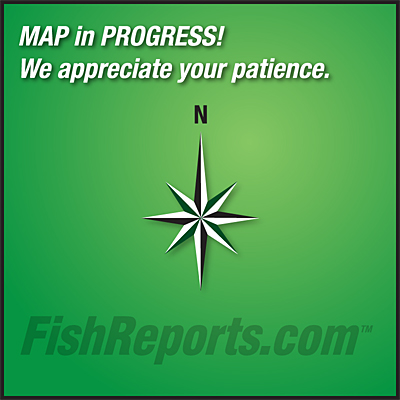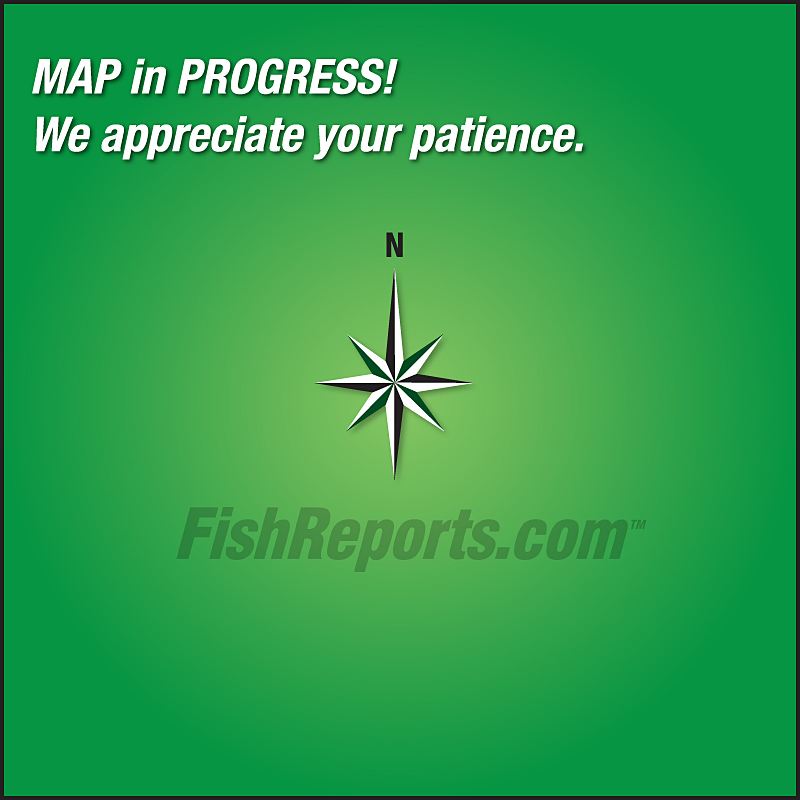Jarbidge River - West Fork - Elko, NV

River Information
| Fish Species: | Rainbow Trout, Mountain Whitefish, Bull Trout |
The West Fork of the Jarbidge River, situated within the remote Jarbidge Mountains northeast of Elko, Nevada, embodies a quintessential high-mountain freestone trout fishery. This pristine lotic system, characterized by clear, cold waters and dramatic canyon topography, predominantly sustains naturally reproducing populations of Rainbow Trout (Oncorhynchus mykiss), Brown Trout (Salmo trutta), and potentially Eastern Brook Trout (Salvelinus fontinalis) in higher reaches. The emphasis on this fishery is the pursuit of wild, resilient fish within a wilderness context, rather than stocked populations.
Angling methodologies are predominantly focused on ultralight spin casting and specialized fly fishing techniques. For spin anglers, diminutive spinners (e.g., Mepps, Panther Martin size 0-1) or micro-spoons are efficacious, demanding precise placement in pocket water. Fly fishing is the premier method, necessitating delicate presentations in confined spaces. Nymphing with imitative patterns (e.g., caddis, small mayfly, stonefly) is consistently effective subsurface. Opportunistic dry fly presentations during active entomological hatches (e.g., Parachute Adams, Elk Hair Caddis, terrestrials) demand accurate, drag-free drifts. Due to the intimate stream character, shorter fly rods (7-8 feet) are often advantageous. Optimal fishing periods span from late spring through early autumn, contingent upon snowmelt recession and prior to winter inaccessibility. Access is significantly challenging, requiring navigation of primitive roads and wilderness hiking. Anglers are unequivocally mandated to consult current Nevada Department of Wildlife (NDOW) regulations concerning bag limits and any area-specific provisions, crucial for the conservation of this unique wild trout resource. The remote and rugged nature appeals to experienced anglers seeking solitude and the challenge of unpressured fish.
Angling methodologies are predominantly focused on ultralight spin casting and specialized fly fishing techniques. For spin anglers, diminutive spinners (e.g., Mepps, Panther Martin size 0-1) or micro-spoons are efficacious, demanding precise placement in pocket water. Fly fishing is the premier method, necessitating delicate presentations in confined spaces. Nymphing with imitative patterns (e.g., caddis, small mayfly, stonefly) is consistently effective subsurface. Opportunistic dry fly presentations during active entomological hatches (e.g., Parachute Adams, Elk Hair Caddis, terrestrials) demand accurate, drag-free drifts. Due to the intimate stream character, shorter fly rods (7-8 feet) are often advantageous. Optimal fishing periods span from late spring through early autumn, contingent upon snowmelt recession and prior to winter inaccessibility. Access is significantly challenging, requiring navigation of primitive roads and wilderness hiking. Anglers are unequivocally mandated to consult current Nevada Department of Wildlife (NDOW) regulations concerning bag limits and any area-specific provisions, crucial for the conservation of this unique wild trout resource. The remote and rugged nature appeals to experienced anglers seeking solitude and the challenge of unpressured fish.
Latest Fish Reports
| Date | Report | Author |
| 5-10-2023 | High Flows High flows and turbidity will make fishing the... more » |
Nevada Department of Wildlife |
| 1-28-2022 | The West Fork of the Jarbidge was flowing at 14 cfs Not much change here as many streams are... more » |
Nevada Department of Wildlife |
Detailed Map


www.NevadaFishReports.com © 2025. All Rights Reserved.
Website Hosting and Design provided by TECK.net
Website Hosting and Design provided by TECK.net